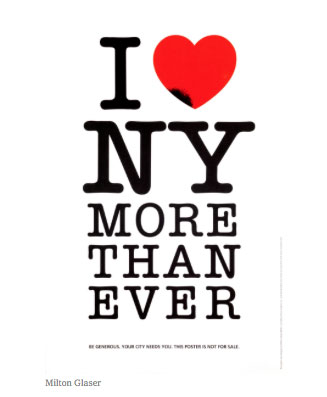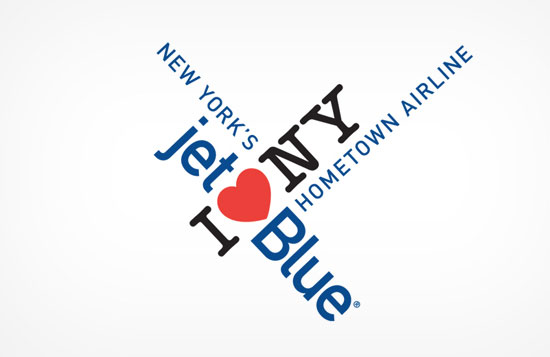A recent McKinsey study that included decision-makers from 11 countries from seven sectors saw that digital and remote were and would continue to play an instrumental role in how B2B sales operations going forward in the months ahead.
Of those surveyed, digital interactions were seen to be two to three times more critical to their B2B customers than traditional sales interactions. According to the Mckinsey report, nearly 90 percent of sales interactions moved remote – whether through video conferencing, phone, or a web sales model. Although some remain skeptical going forward, more than half see remote sales as equally or more effective than sales models used before COVID-19.
The shift to greater importance on digital interactions reflects B2B customer behavior changes seen during the past couple of years and heightened in the wake of COVID-19.
Across the buyer-cycle, customers continue to show a preference for self-service channels to research and evaluate products and services, and to order and reorder, mimicking B2C. Traditional digital channels, such as the company website, continue to play an instrumental role. In contrast, suppliers’ mobile apps and social media or online communities play increased importance in the sales cycle.
As companies establish multi-disciplinary teams to manage sales operations, sales leaders must accept (and trust) digital-first channels and foster relationships with marketing.
And as habits and practices in B2B sales continue to change and evolve, customers may expect a more B2C-style buyer process; this could drive a tighter interlink between sales and marketing in meeting the bottom-line quarterly results.
In the McKinsey 2019 study (pre-pandemic), these trends were emerging as instrumental in B2B sales. The survey showed that suppliers who provide ‘outstanding digital experiences’ to buyers were twice as likely to ‘be chosen as primary suppliers’ than those who provide poor experiences.
Not surprisingly, a company’s website plays a significant role in meeting buyers’ digital-first experience and demonstrating a customer-first mentality. As marketing teams run and manage the digital experience, working hand-in-hand with sales is fundamental to the B2B buyer journey to ensure a smooth transition to a digital-first sales channel approach.
Offering live chat during the research stage of the buyer journey was rated one of the top three requirements for a ‘best-in-class supplier’ by 33 percent of those surveyed. Buyers expect speed, transparency, and expertise, and the website needs to deliver on all three. When asked to list the top three most frustrating issues with suppliers’ websites, decision-makers in the McKinsey survey cited: length of the ordering process; difficulty finding products; and technical glitches with ordering. In addition, respondents also cited confusing websites, lack of information on delivery and technical support, and difficulty setting up payments.
One can argue that these are the same pain points and frustrations once experienced by consumers concerning B2C companies in the early days of e-commerce. As seen on multiple fronts, the cross-over of B2C tactics into the B2B space continues to blur.
How B2B companies transition to remote sales and move forward in the coming months will be determined by their ability to adapt to their buyers’ needs and organize their teams accordingly.
It will also depend on how B2B decision-makers see a new digital sales model to better reach and serve customers. Of those surveyed, the response varied strongly by country; perhaps not surprising U.S. decision markers were more favorable.
Next in the Digital-First World series, we’ll visit the Gen Zs and how they will change the way companies tell their brand story.





